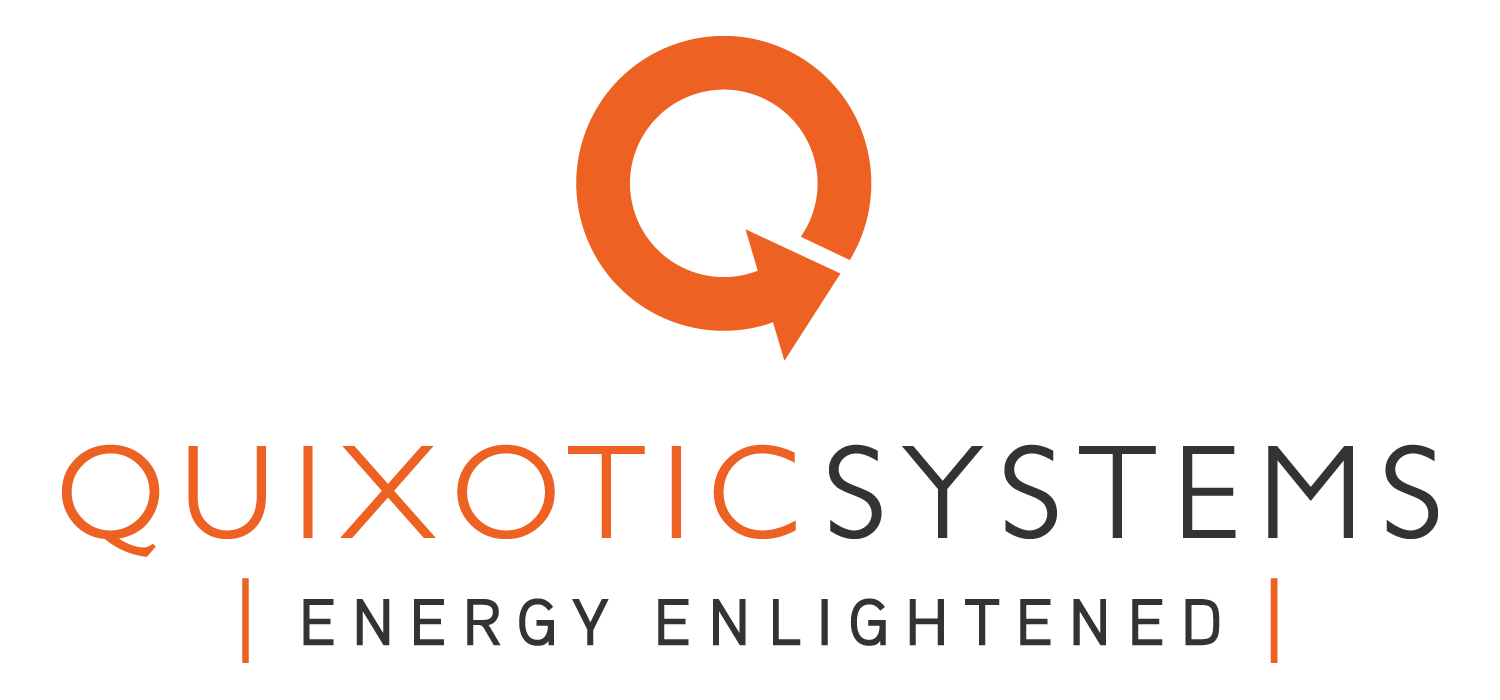Newsletter
Under the Sun
Members of the Quixotic team testified before the New York City Council Committee on Environmental Protection. We tried to make a persuasive case that many City-owned buildings are better suited for solar thermal (domestic hot water) systems than for photovoltaic ones. The same holds true for other city buildings, as we explain below.
- Solar thermal uses the sun more efficiently than PV, making it ideal for urban applications. The greatest challenge for implementing PVin cities is building density and height. The superior efficiency of solar thermal makes it practical for buildings that have too much shading for PV and/or roofs that are too small to make PV worthwhile.
Also because of that superior efficiency, solar thermal production is more predictable and reliable than PV production. Solar thermal systems continue to produce some hot water on cloudy days, whereas PV systems cannot produce under those circumstances.
- The financial returns from solar thermal can be competitive with PV. Despite the fact that there has generally been no NYSERDA rebate or NYC Property Tax Abatement (PTA) to support solar thermal, these systems can stand on their own, utilizing the existing federal and state tax credits, with respect to paybacks. Paybacks for solar thermal in New York City average less than 10 years and depend on the size of the system and building fuel costs. For buildings stillusing heavy oils, these paybacks can be in the six to seven year range. When projects are coupled with additional support either from NYSERDA or the New York City EconomicDevelopment Corporation, paybacks can be under five years and sometimes approach three years.
- Solar thermal is often a better choice for buildings with sub-metering or high hot water usage. In residential buildings with sub-metering, each apartment is billed for its own electricity usage. The landlord’s electricity costs are only for the building’s common areas and are thus relatively low, making PV less economical. These landlords can realize significant savings from having their heat and hot water produced by solar thermal. Solar thermal is also an excellent option for institutions such as hospitals and nursing homes, which use large quantities of hot water. Solar thermal can offset a higher percentage of these facilities’ overall fuel use than in an average building.
- Solar thermal is well suited for buildings still using oil. For buildings that are still using oil for heat and hot water, switching to solar will directly reduce carbon dioxide emissions. Switching from electricity to PV does not have the same impact. In addition, for some buildings, solar thermal can be done in conjunction with PV. These hybrid systems provide both electricity and heat/hot water through clean, renewable resources. Quixotic engineered and installed some of the first hybrid systems in New York City.We’re always happy to discuss how you can be on the cutting edge of solar in New York and environs.
Richard Klein Founder and President Quixotic Systems, Inc.
